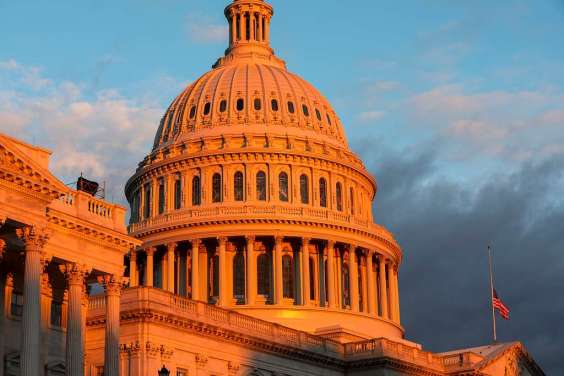During last month's White House jobs summit, President Obama carved out
some common ground with critics of his first stimulus law's $47 billion
in infrastructure spending -- which was distributed mainly by the book
through state DOTs. "The term "shovel-ready," let’s be honest here,
doesn’t always live up to its billing," he acknowledged.
 The CBO modeled the job-creation power of various policy options, including infrastructure investments.
The CBO modeled the job-creation power of various policy options, including infrastructure investments.Now, as the Senate mulls its response to the House jobs bill that included
$27.5 billion for highways and $8.4 billion for transit, the
independent Congressional Budget Office (CBO) is echoing some of
Obama's concerns.
In a report released Thursday, the Capitol budgeteers concluded
that most of the economic benefits of sending more transportation aid
to states would not be felt until 2011 at the earliest.
The
"large-scale construction projects" that could fundamentally reshape
local infrastructure tend to take years before their impact is felt on
the economy, the CBO noted:
[F]or example,building new transportation infrastructure that requires establishingnew rights-of-way and developing and implementing alternative energysources would probably have their biggest effects on output andemployment after the recovery was well along. As a practical matter,the experience with [the first stimulus] suggests that fewer projectsare “shovel ready” than one might expect ...
Moreover, given the substantial increase in infrastructurefunding provided by [the first stimulus], achieving significantincreases in outlays above the amounts funded by [the first stimulus]would probably take even longer. Thus, most of the increases in outputand employment from this option would probably occur after 2011.
Overall, the CBO gave new infrastructure aid a "multiplier effect" of
somewhere between 0.50 and 1.20, meaning that every $1 in spending
would translate into $1.20 in economic benefits in the best-case
scenario.
But
in the end, the report was not wholly skeptical of transportation's
power to create jobs. Only two policy options yielded a higher
multiplier effect than infrastructure, according to the CBO's modeling:
more aid to the unemployed (between 0.70 and 1.90) and payroll tax cuts
for firms that add new workers (between 0.40 and 1.30).
The
CBO's take is unlikely to dampen lawmakers' enthusiasm for adding
infrastructure spending to the pending jobs bill, but it provides more
fodder for House members who have contended that a new six-year transportation bill would serve as a better long-term "second stimulus."
In addition, lingering House-Senate tension
over the timing for the upper chamber's jobs bill could keep the debate
over particular provisions raging well into March -- past the February
28 expiration date for Congress' latest short-term extension of
existing transport law. As this page noted back in September, transportation policy could be headed for another deja vu moment.





